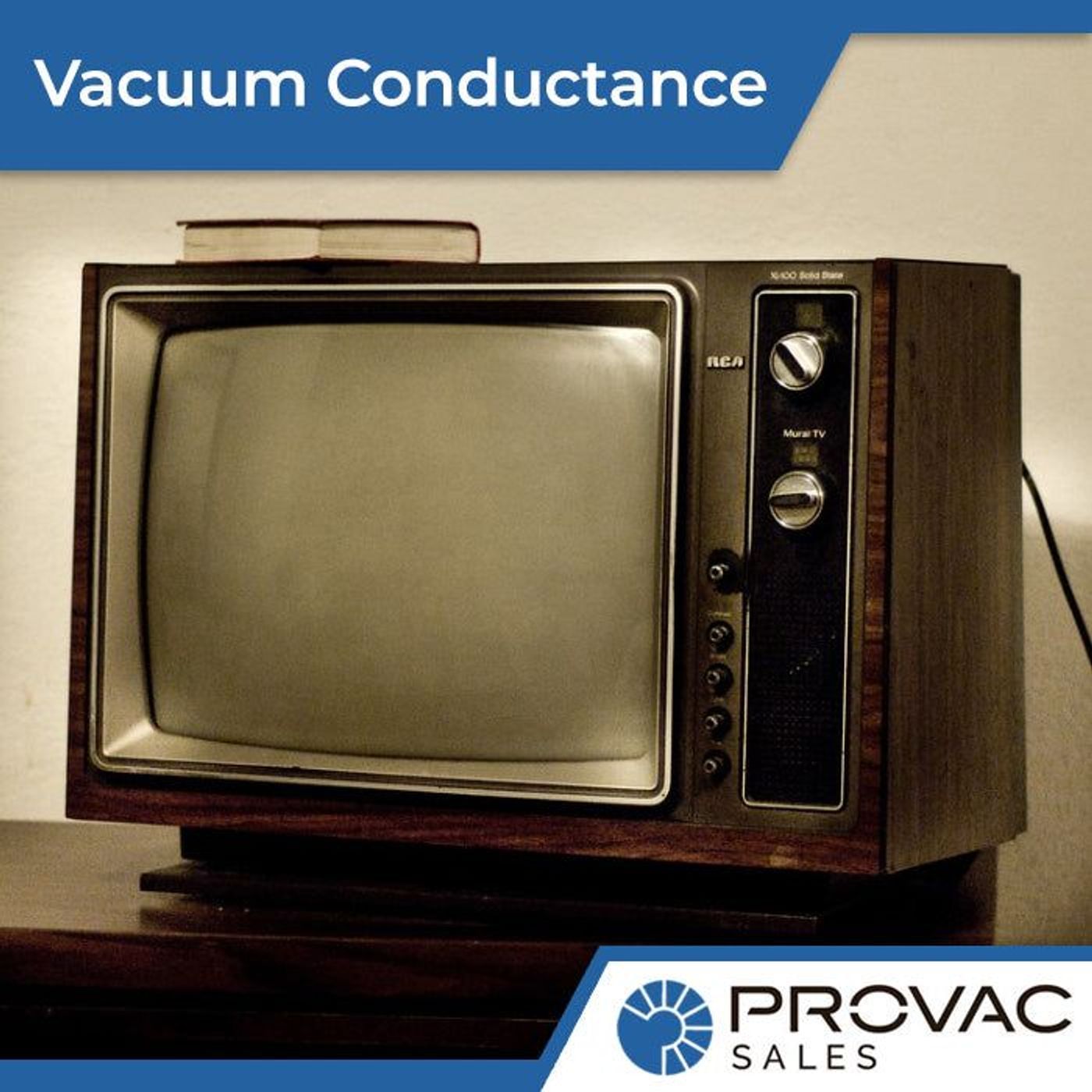Electric lamps and cathode-ray tubes (CRTs) commonly found in televisions are two technologies that we use in our everyday lives. It is hard to imagine life without the light that we get from our light bulbs or the cathode-ray tubes that enable our televisions to project images in front of us. Nevertheless, electric lamps and CRTs are made possible with vacuum pump technologies.
Yet, most people are not familiar with what vacuum pump technologies are and how they are applied. Many people also do not know how conductance is an important factor in designing vacuum pump systems. But how is vacuum conductance defined? How do vacuum pump technologies work? What are the other applications of these technologies? This article will seek to answer these questions.
How Do Various Vacuum Pump Technologies Work?
As mentioned earlier, vacuum pump technologies are the reason why we have light bulbs that illuminate our nights and cathode-ray tubes that make our televisions work. However, not everyone is familiar with vacuum pumps and how they work. Nevertheless, these technologies have a huge range of scientific and industrial applications. Vacuum pumps mainly work by removing air molecules and other gas molecules from a vacuum chamber. Vacuum pumps could also remove gas and air molecules from the outlet side of a higher vacuum pump if connected in series.
Through suctioning, a vacuum pump removes the air and other gas particles in a closed system to gradually decrease the density of air in the space inside the system that has already been restricted, therefore creating a vacuum. Thus, the inside force level within a preserved volume inside a system becomes lesser than the environment outside of that system. The efficiency of a vacuum pump depends on various factors such as pumping speed and throughput.
There are three main types of vacuum pumps: positive displacement pump, momentum transfer pump, and regenerative pump. They often differ on how they pump out the air inside a closed system to create a vacuum. Positive displacement pumps work through a mechanism that helps expand the cavity inside a system to let the airflow into an external chamber, then the cavity is opened to discharge the gas into the atmosphere. On the other hand, Momentum transfer pumps use high-speed fluids to move gas molecules outside of a chamber before a system is opened. Finally, the regenerative pump uses the vortex performance of fluid to keep air out of a system. There's also what is called an entrapment pump, which uses cold temperature to compress gasses into a hard state, which could be then easily kept out of a system.
What Role Does Conductance Play in Vacuum Pump Systems?
Conductance is usually taken into consideration when designing vacuum pump systems. But what is it, and how does it affect vacuum pump systems? To explain in simpler terms, conductance in a vacuum system is a characteristic or trait of a certain component or system to let air and other gases flow readily. It could also be thought of as the opposite of resistance to flow.
The conductance between two points could also be defined as the rate of gas flow flowing through a device divided by the pressure drop driving this flow. While conductance is important in constructing vacuum pumps, this phenomenon is usually used to describe pipings and openings. The units of conductance could be measured by the gas flow's volumetric capacity in a passive component.
Regardless of how vacuum conductance is defined, this is an important component that should be taken into account when designing a vacuum pump system as well as selecting a pump and other components. If conductance is not considered, the vacuum chamber could take a lot of time to reach the required amount of pressure. Properly selecting the components of a vacuum system and designing the piping of a vacuum equipment well increases the system's efficiency since it would take less time to pump air and other gas particles out of a closed system. It also ensures that less energy will be used, making the vacuum system efficient and less expensive to operate.
What are the Other Applications of Vacuum Pump Technologies?
Aside from creating electric lamps and cathode-ray tubes, vacuum pump technologies have a wide range of industrial and scientific applications. They are used for composite molding, creating flight instruments, producing vacuum tubes, semiconductor processing, uranium enrichment, print presses, glass and stone cutting factories, cabinetry fabrications, and medical applications suction is very useful.
Vacuum pumps are also utilized for decorative coatings on metal, glass, and plastics. They are also used for electron microscopy, hard coatings for Formula One engine components, dairy equipment such as milking machines, air conditioning service, sewage systems, fusion research, and freeze-drying. Finally, vacuum pump technologies also have a range of medical applications such as radiopharmacy, radiosurgery, and radiotherapy as well as mass spectrometers and instruments that could analyze solid, liquid, gas, surface, and biomaterials.





